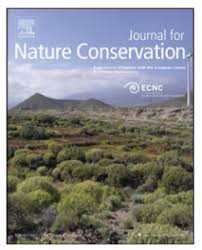Moving from static connectivity models to dynamic connectivity planning for local and regional scales.
Despite the proliferation of connectivity modelling approaches, static models have limited usefulness for decision-making by policy-makers and land managers, particularly where significant changes in land uses might be expected into the future. This study presents a flexible, scenario-based approach for modelling fine-scaled connectivity using graph-theory with least-cost paths for modelling connectivity at the regional scale and circuit theory at the local scale. The method allows for the assessment of a range of scenarios based on varying land use practices. Using the Lower Hunter region, Australia as a case study we tested five scenarios that describe the impact of different development choices on connectivity, ranging from high rates of urbanisation to revegetation of a designated green corridor. The changes in connec-tivity from the current state were assessed by visualising component boundaries and link locations and calculating patch- and landscape-scale graph metrics. In the Lower Hunter we found the green corridor scenario increased connectivity both visually and quantitatively, as shown by a 105% increase in the integral index of connectivity (IIC) which measures habitat availability (reachability) at the landscape scale.In contrast the urbanisation scenario resulted in a decrease in connectivity, with a 39% decrease in the IIC.The approach outlined in this paper is flexible, enabling a range of interests to be included, depending on the datasets available and the issues that need to be addressed. Such methods can be readily and rapidly applied by consultants or government agencies, in this region and elsewhere, to incorporate connectivity modelling into development plans.
Publisher: Journal of Nature Conservation
Region: Australia
Type: Article
CITATION
Lechner, A.M., R.M.B. Harris, V. Doerr, E. Doerr, M. Drielsma, E.C. Lefroy (2015) Moving from static connectivity models to dynamic connectivity planning for local and regional scales. Journal for Nature Conservation. 28:78-88

